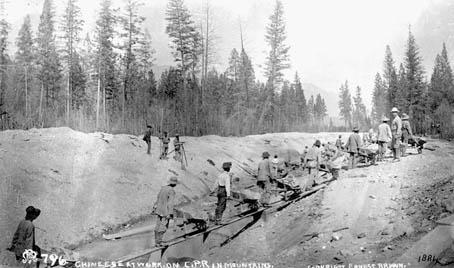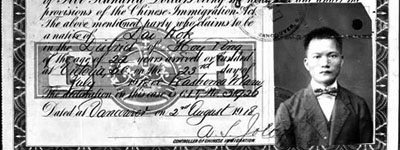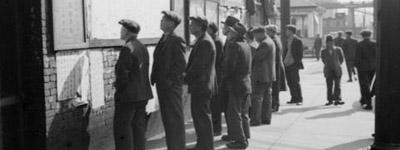Discrimination

Chinese at work on C.P.R. (Canadian Pacific Railway) in Mountains, 1884 (Library and Archives Canada/Credit: Boorne & May/Ernest Brown collection/C-006686B)
Chinese Canadians were segregated socially, economically and politically. For example, consultation forum participants described how Chinese Canadians were not permitted to swim in Victoria’s Crystal Pool. By 1923, acts were passed in British Columbia forbidding Chinese Canadian merchants from employing white women. Eventually, this discriminatory regulation was replaced by an act requiring Chinese Canadian merchants to apply for a special permit – rarely granted – to employ white women. Beginning in the 1930s, Chinese restaurants in Vancouver were banned from hiring white waitresses, and movie theatres routinely segregated Chinese Canadians, requiring them to sit in the balcony.
Chinese Canadians experienced discrimination and segregation in education and the professions. In September 1922, the Victoria School Board separated Chinese Canadian students into a segregated school. Professional societies in British Columbia practised anti-Chinese discrimination by excluding anyone whose name was not on the voting lists. Because Chinese Canadians had been disenfranchised, they could not become professionals such as lawyers, pharmacists, engineers or doctors in British Columbia until after 1947, when Chinese Canadians finally reacquired the right to vote.
Federal Head Tax
Almost immediately upon completion of the CPR, pressure from the B.C. provincial legislature to pass exclusionary legislation against the Chinese led to the enactment by the federal government of the Chinese Immigration Act of 1885. Read More
Federal Exclusion Act
In 1923, pressured by the B.C. government, the federal government enacted the Chinese Immigration Act (commonly called the Chinese Exclusion Act). Read More


